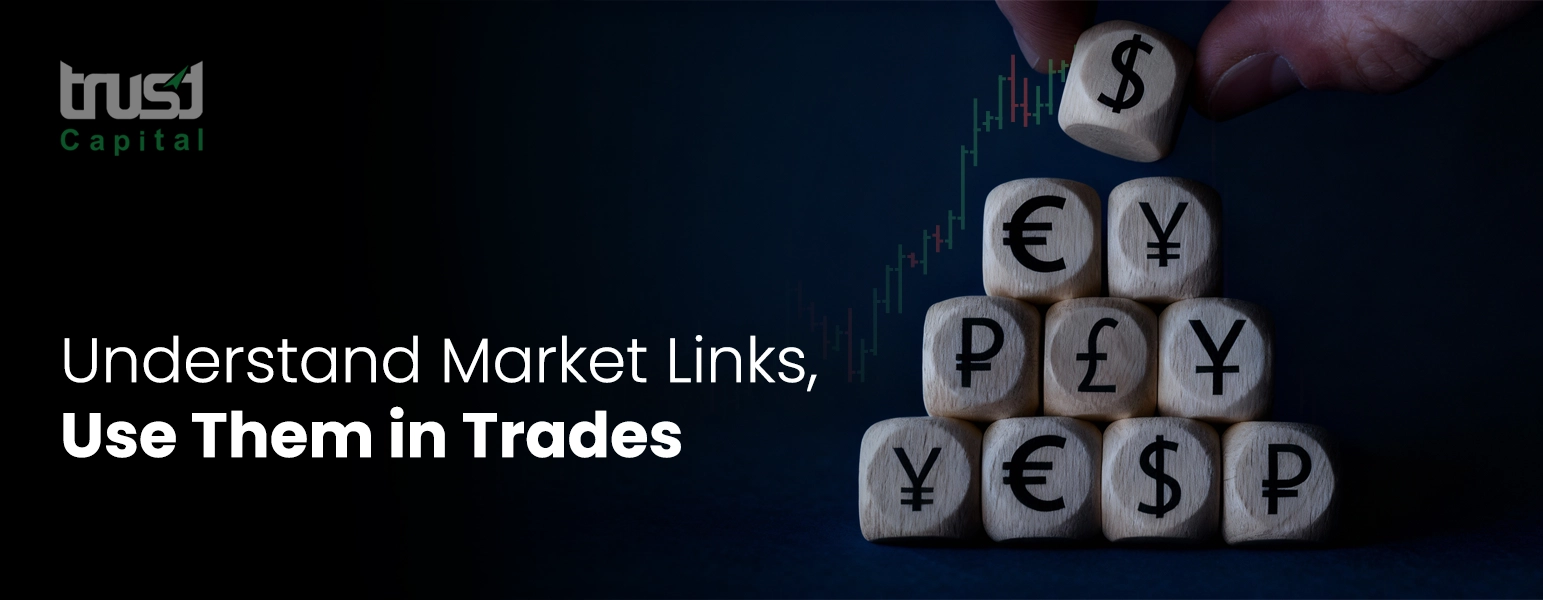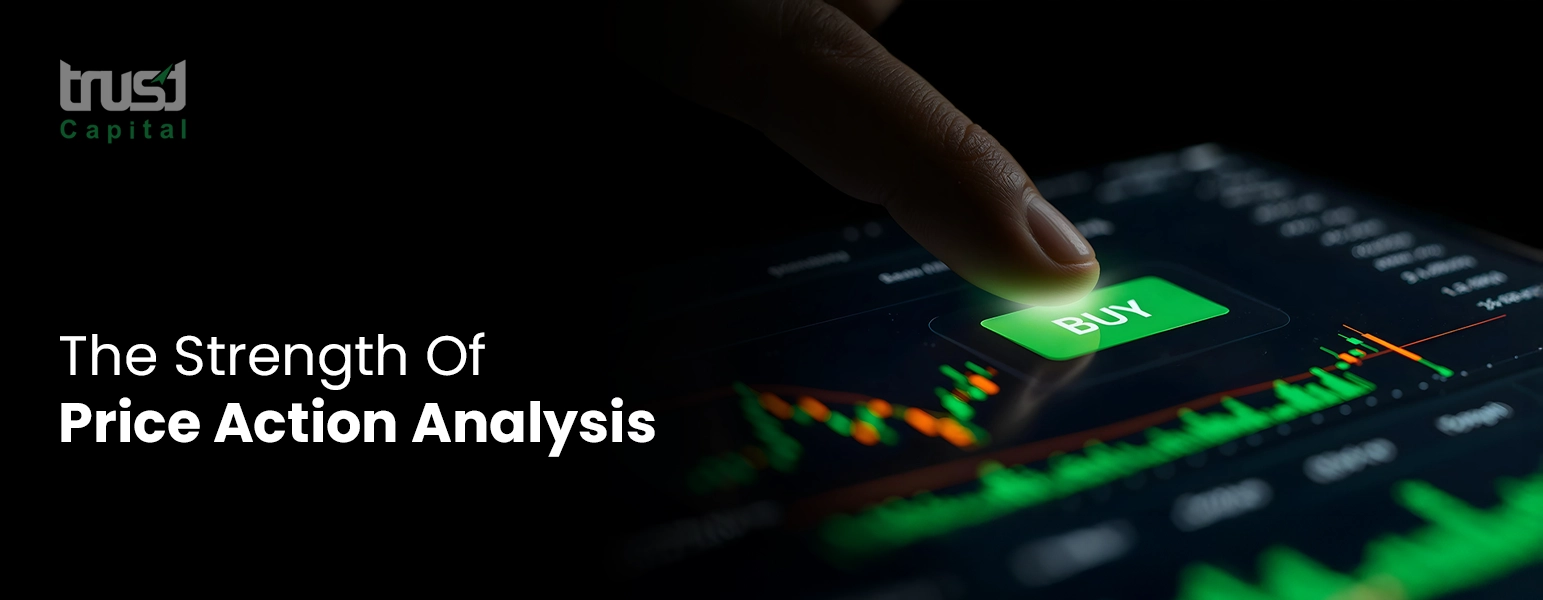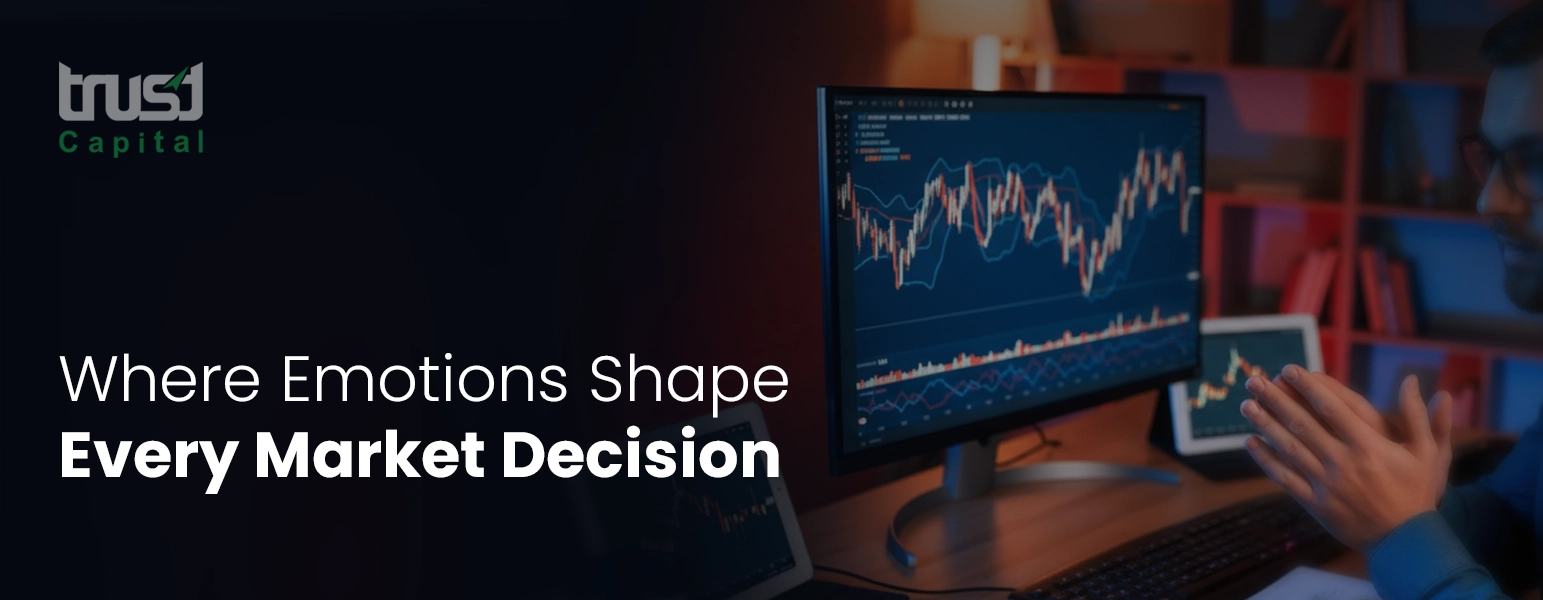Top Economic Indicators Every Trader Should Watch

In the world of forex trading, market prices are constantly in motion—driven not just by technical patterns, but by real-world economic forces. While chart analysis is important, it's often the economic data releases, central bank announcements, and macro trends that trigger the biggest moves in the market.
To succeed as a trader, whether you're a beginner or a seasoned professional, it's essential to understand which economic indicators matter most—and how they influence currency values.
In this blog, we’ll walk through the top indicators every trader should watch, explain their typical impact on the forex market, and show you how to interpret them in both bullish and bearish scenarios.
1. Central Bank Interest Rate Decisions
Central banks such as the Federal Reserve (Fed), the European Central Bank (ECB), and the Bank of England (BoE) control the levers of monetary policy. Their interest rate decisions are among the most powerful market movers.
Why It Matters:
Interest rates directly affect the value of a currency. Higher interest rates tend to attract foreign capital, increasing demand for a currency. Conversely, lower rates can reduce investor appetite.
Market Reaction:
-
Rate Hike or Hawkish Tone → Bullish for currency
-
Rate Cut or Dovish Tone → Bearish for currency
Example:
If the ECB unexpectedly raises rates by 50 basis points, the euro often rallies as investors seek better yields from euro-denominated assets. On the other hand, if the Fed signals a pause in rate hikes, the U.S. dollar may weaken.
2. Inflation Reports

Inflation is a key focus for central banks. Reports such as the Consumer Price Index (CPI) and the Producer Price Index (PPI) show whether prices for goods and services are rising, signaling economic overheating or slowdown.
Why It Matters:
High inflation usually pressures central banks to raise interest rates, which can strengthen a currency. Low or falling inflation may suggest easing policies or weaker economic demand.
Market Reaction:
-
Higher-than-expected inflation → Bullish for currency (rate hikes likely)
-
Lower-than-expected inflation → Bearish (rate cuts or pause expected)
Example:
If U.S. CPI prints at 4.5% versus the expected 3.8%, markets may price in a future rate hike from the Fed, causing the U.S. dollar to rise across the board.
3. Employment Reports
The Non-Farm Payrolls (NFP) report in the U.S., released monthly, is one of the most volatile events on the forex calendar. Other countries release similar employment reports that traders watch closely.
Why It Matters:
Strong job growth typically indicates a healthy economy, encouraging consumer spending and business investment. Central banks use employment data to guide interest rate decisions.
Market Reaction:
-
Stronger-than-expected job growth → Bullish for currency
-
Weaker-than-expected jobs report → Bearish
Example:
If the U.S. adds 300,000 jobs in a month compared to an expected 200,000, the dollar is likely to strengthen due to expectations of a tightening labor market and higher interest rates.
4. Gross Domestic Product (GDP)
GDP is the broadest measure of economic activity. It shows how much a country’s economy has grown (or contracted) over a given period.
Why It Matters:
Sustained GDP growth reflects economic strength, increasing the appeal of a country’s currency. Slowing or negative GDP growth can lead to currency depreciation.
Market Reaction:
-
GDP above forecasts → Bullish for currency
-
GDP below forecasts or contraction → Bearish
Example:
If the UK’s quarterly GDP surprises to the upside, the pound may gain strength on expectations of economic resilience and future tightening by the Bank of England.
5. Retail Sales and Consumer Confidence
Retail sales reports show the level of consumer spending, which drives a large portion of economic growth in most countries. Consumer confidence surveys measure sentiment about future economic conditions.
Why It Matters:
High consumer spending and confidence can indicate a robust economy and increase demand for the national currency. Weak data can signal slowing growth or economic uncertainty.
Market Reaction:
-
Strong retail sales/confidence → Bullish for currency
-
Weak retail sales/confidence → Bearish
Example:
If U.S. retail sales surge by 2% in a month, significantly above expectations, the dollar may strengthen due to increased confidence in economic momentum.
6. Trade Balance
The trade balance measures the difference between a country’s exports and imports. A surplus occurs when exports exceed imports, while a deficit indicates the opposite.
Why It Matters:
A trade surplus means foreign buyers are purchasing more of a country’s goods, increasing demand for its currency. A large deficit can have the reverse effect.
Market Reaction:
-
Trade surplus widens → Bullish
-
Trade deficit increases → Bearish
Example:
Germany reporting a higher-than-expected trade surplus could strengthen the euro, especially if supported by strong global demand for German products.
7. Purchasing Managers’ Index (PMI)
PMIs are forward-looking economic indicators based on surveys of executives in manufacturing and services sectors. A reading above 50 indicates expansion, while below 50 signals contraction.
Why It Matters:
PMIs provide early insight into the health of key economic sectors before official GDP data is released.
Market Reaction:
-
PMI above 50 and beating estimates → Bullish
-
PMI below 50 or missing forecasts → Bearish
Example:
If U.S. manufacturing PMI comes in at 56 when the forecast was 50, the market may interpret this as renewed economic momentum, lifting the dollar.
8. Geopolitical Events and Crisis News

Geopolitical tensions, natural disasters, elections, and other sudden events often create volatility and risk aversion in the markets.
Why It Matters:
These events can trigger capital flows into safe-haven currencies like the U.S. dollar (USD), Japanese yen (JPY), or Swiss franc (CHF), while weakening the currencies of countries involved in the crisis.
Market Reaction:
-
Crisis in one country/region → Bearish for local currency, bullish for safe havens
-
Crisis resolution or stability → Bullish for risk-sensitive currencies
Example:
Escalation in Eastern Europe may trigger a drop in the euro while the dollar and franc rise on safe- haven flows.
How to Apply This Knowledge as a Trader
Using economic indicators effectively requires both preparation and real-time reaction:
-
Use an economic calendar to plan your trades.
-
Focus on high-impact releases and stay informed with daily news updates.
-
Pair fundamental data with technical analysis to refine entry and exit points.
-
Be cautious around news events—volatility can lead to slippage and unexpected reversals.
Conclusion
In forex trading, staying ahead of the market means staying informed. By understanding how economic indicators affect currency values, you can anticipate price movements, build stronger strategies, and trade with greater confidence.
Mastering fundamental analysis is not just for economists—it’s a practical edge for every trader, especially those starting out. Combine your understanding of these indicators with a reliable trading platform and a disciplined mindset, and you'll be well on your way to making informed, profitable decisions in the global forex market.


